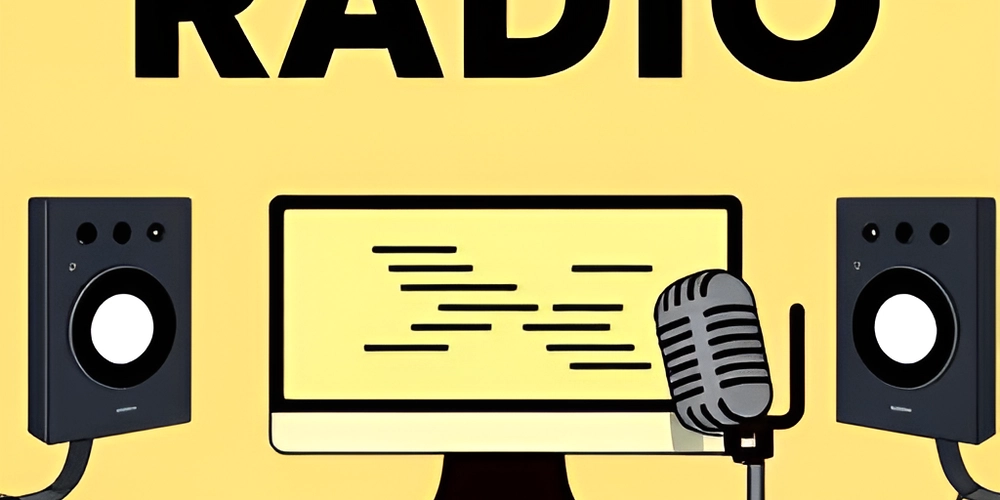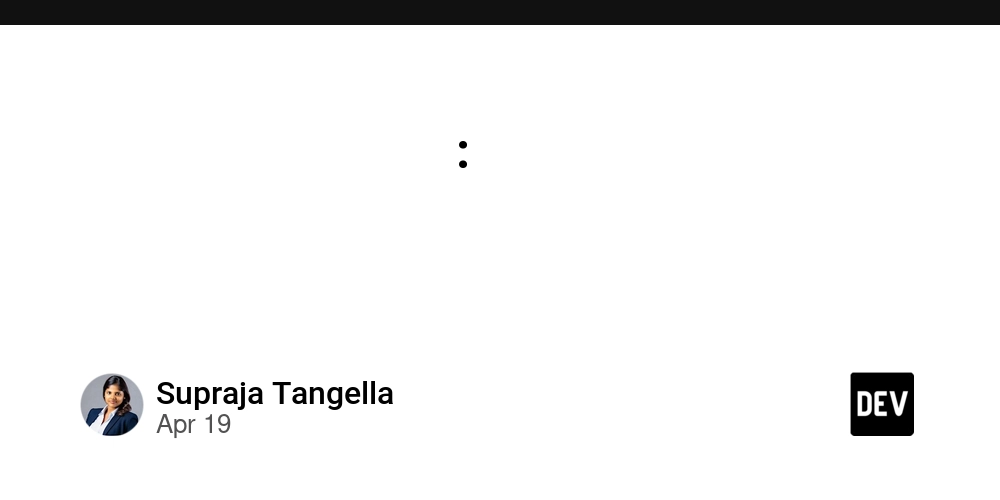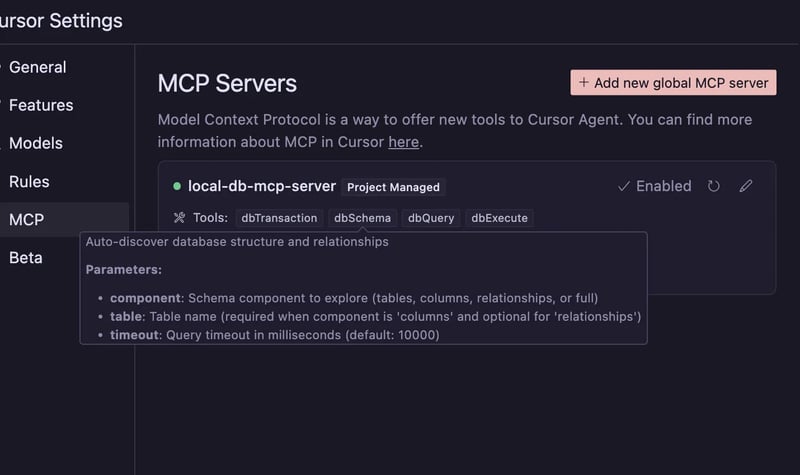FM Radio Station Setup vs. Internet Radio: What You Need to Know
Have you ever dreamed of broadcasting your own radio show, spinning your favorite tracks, or sharing your voice with the world? Good news—you can! But first, you’ll need to decide how you want to do it: the traditional way via FM radio or by going digital with internet radio. Let’s break it down and show you how to start your own radio station, step by step. FM Radio Station Setup What Is FM Radio? FM (Frequency Modulation) radio uses radio waves to transmit content over a set frequency to local listeners. It’s the classic, old-school way of broadcasting and still used worldwide today. What You Need To start an FM station, you’ll need: A broadcast license from your country’s communication authority (like the FCC in the U.S.). Technical gear: a transmitter, antenna, mixing console, microphones, and a soundproof studio. A solid budget, since FM setup costs range from $15,000 to $100,000+, depending on the scale. The Catch FM radio is heavily regulated. You’ll need to stick to specific frequencies, follow content rules, and renew licenses regularly. It’s a serious commitment, but it gives you a loyal, local audience and that classic broadcaster experience. Internet Radio Station Setup What Is Internet Radio? Internet radio streams audio online, letting anyone with an internet connection tune in. It’s easy to set up, budget-friendly, and perfect for reaching a global audience. What You Need To launch an internet radio station, gather: A computer and microphone Broadcast software (like BUTT, SAM Broadcaster, or Radio.co) A streaming host to handle your broadcast and listener traffic Licensing for any copyrighted music you plan to play Setup costs can be as low as $100–$500, making this a great option for beginners or indie creators. The Benefits No geographic limits Low startup cost Easy to monetize with ads, sponsors, and listener support How to Start Your Own Radio Station (Step-by-Step) Here’s a simplified guide to help you get started: Decide Between FM or Internet Radio Choose based on your goals, budget, and audience reach. Create Your Brand Pick a name, design a logo, and choose a theme for your shows. Build Your Studio For FM: You'll need professional gear and space. For internet: A quiet room and basic equipment will do. Get Licensing in Order Apply for FM licenses or register with music rights agencies (like ASCAP, BMI, or SoundExchange). Set Up Your Broadcast Software or Equipment Test your setup, make sure audio levels are solid, and ensure everything runs smoothly. Create a Schedule and Go Live! Plan your shows, promote your station, and hit that broadcast button. Conclusion Now that you know how to start your own radio station, the choice is yours—do you want to go traditional with FM radio or embrace the freedom of internet radio? Both paths have their perks, but either way, it’s all about connecting with listeners and sharing what you love. Start small, stay consistent, and grow your voice—one broadcast at a time.

Have you ever dreamed of broadcasting your own radio show, spinning your favorite tracks, or sharing your voice with the world? Good news—you can! But first, you’ll need to decide how you want to do it: the traditional way via FM radio or by going digital with internet radio. Let’s break it down and show you how to start your own radio station, step by step.
FM Radio Station Setup
What Is FM Radio?
FM (Frequency Modulation) radio uses radio waves to transmit content over a set frequency to local listeners. It’s the classic, old-school way of broadcasting and still used worldwide today.
What You Need
To start an FM station, you’ll need:
A broadcast license from your country’s communication authority (like the FCC in the U.S.).
Technical gear: a transmitter, antenna, mixing console, microphones, and a soundproof studio.
A solid budget, since FM setup costs range from $15,000 to $100,000+, depending on the scale.
The Catch
FM radio is heavily regulated. You’ll need to stick to specific frequencies, follow content rules, and renew licenses regularly. It’s a serious commitment, but it gives you a loyal, local audience and that classic broadcaster experience.Internet Radio Station Setup
What Is Internet Radio?
Internet radio streams audio online, letting anyone with an internet connection tune in. It’s easy to set up, budget-friendly, and perfect for reaching a global audience.What You Need
To launch an internet radio station, gather:
- A computer and microphone Broadcast software (like BUTT, SAM Broadcaster, or Radio.co)
A streaming host to handle your broadcast and listener traffic
Licensing for any copyrighted music you plan to play
Setup costs can be as low as $100–$500, making this a great option for beginners or indie creators.
The Benefits
No geographic limits
Low startup cost
Easy to monetize with ads, sponsors, and listener support
How to Start Your Own Radio Station (Step-by-Step)
Here’s a simplified guide to help you get started:
Decide Between FM or Internet Radio
Choose based on your goals, budget, and audience reach.Create Your Brand
Pick a name, design a logo, and choose a theme for your shows.Build Your Studio
For FM: You'll need professional gear and space.
For internet: A quiet room and basic equipment will do.Get Licensing in Order
Apply for FM licenses or register with music rights agencies (like ASCAP, BMI, or SoundExchange).Set Up Your Broadcast Software or Equipment
Test your setup, make sure audio levels are solid, and ensure everything runs smoothly.Create a Schedule and Go Live!
Plan your shows, promote your station, and hit that broadcast button.
Conclusion
Now that you know how to start your own radio station, the choice is yours—do you want to go traditional with FM radio or embrace the freedom of internet radio? Both paths have their perks, but either way, it’s all about connecting with listeners and sharing what you love. Start small, stay consistent, and grow your voice—one broadcast at a time.




























![[Webinar] AI Is Already Inside Your SaaS Stack — Learn How to Prevent the Next Silent Breach](https://blogger.googleusercontent.com/img/b/R29vZ2xl/AVvXsEiOWn65wd33dg2uO99NrtKbpYLfcepwOLidQDMls0HXKlA91k6HURluRA4WXgJRAZldEe1VReMQZyyYt1PgnoAn5JPpILsWlXIzmrBSs_TBoyPwO7hZrWouBg2-O3mdeoeSGY-l9_bsZB7vbpKjTSvG93zNytjxgTaMPqo9iq9Z5pGa05CJOs9uXpwHFT4/s1600/ai-cyber.jpg?#)













































































































































![[The AI Show Episode 144]: ChatGPT’s New Memory, Shopify CEO’s Leaked “AI First” Memo, Google Cloud Next Releases, o3 and o4-mini Coming Soon & Llama 4’s Rocky Launch](https://www.marketingaiinstitute.com/hubfs/ep%20144%20cover.png)





































































































































































































![Rogue Company Elite tier list of best characters [April 2025]](https://media.pocketgamer.com/artwork/na-33136-1657102075/rogue-company-ios-android-tier-cover.jpg?#)







































































_Andreas_Prott_Alamy.jpg?width=1280&auto=webp&quality=80&disable=upscale#)































































































![What’s new in Android’s April 2025 Google System Updates [U: 4/18]](https://i0.wp.com/9to5google.com/wp-content/uploads/sites/4/2025/01/google-play-services-3.jpg?resize=1200%2C628&quality=82&strip=all&ssl=1)








![Apple Watch Series 10 Back On Sale for $299! [Lowest Price Ever]](https://www.iclarified.com/images/news/96657/96657/96657-640.jpg)
![EU Postpones Apple App Store Fines Amid Tariff Negotiations [Report]](https://www.iclarified.com/images/news/97068/97068/97068-640.jpg)
![Apple Slips to Fifth in China's Smartphone Market with 9% Decline [Report]](https://www.iclarified.com/images/news/97065/97065/97065-640.jpg)
































































































































